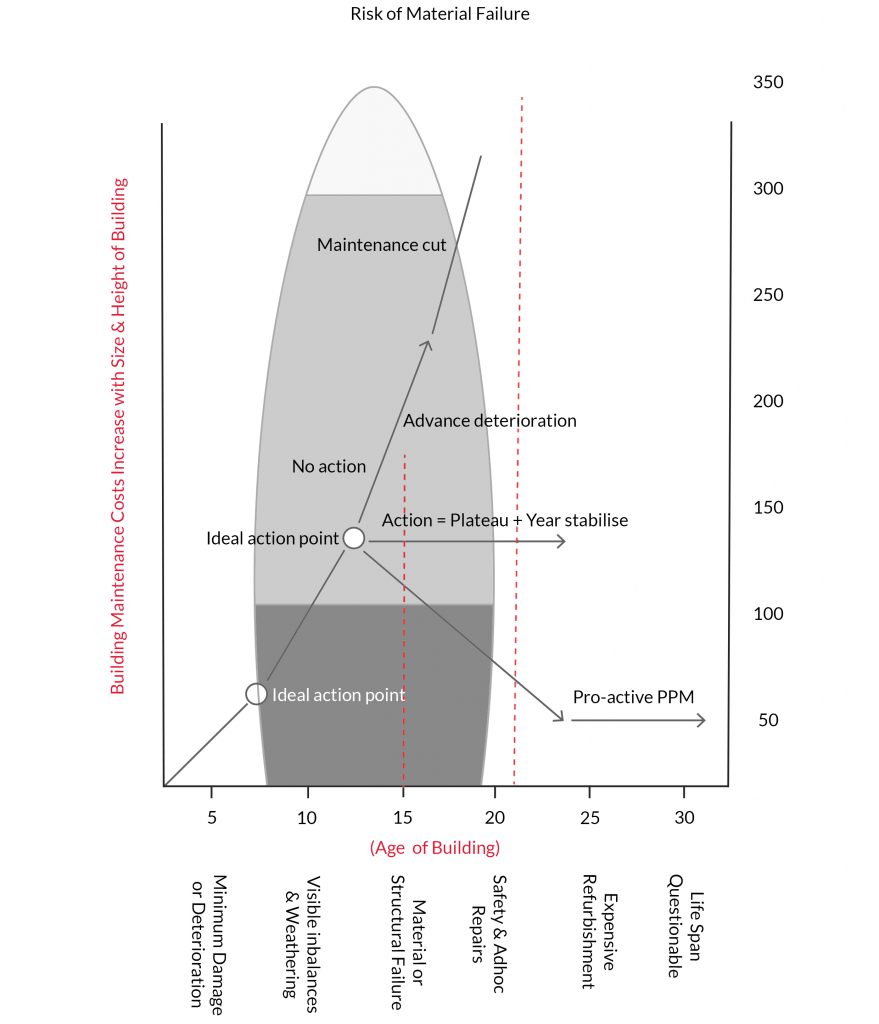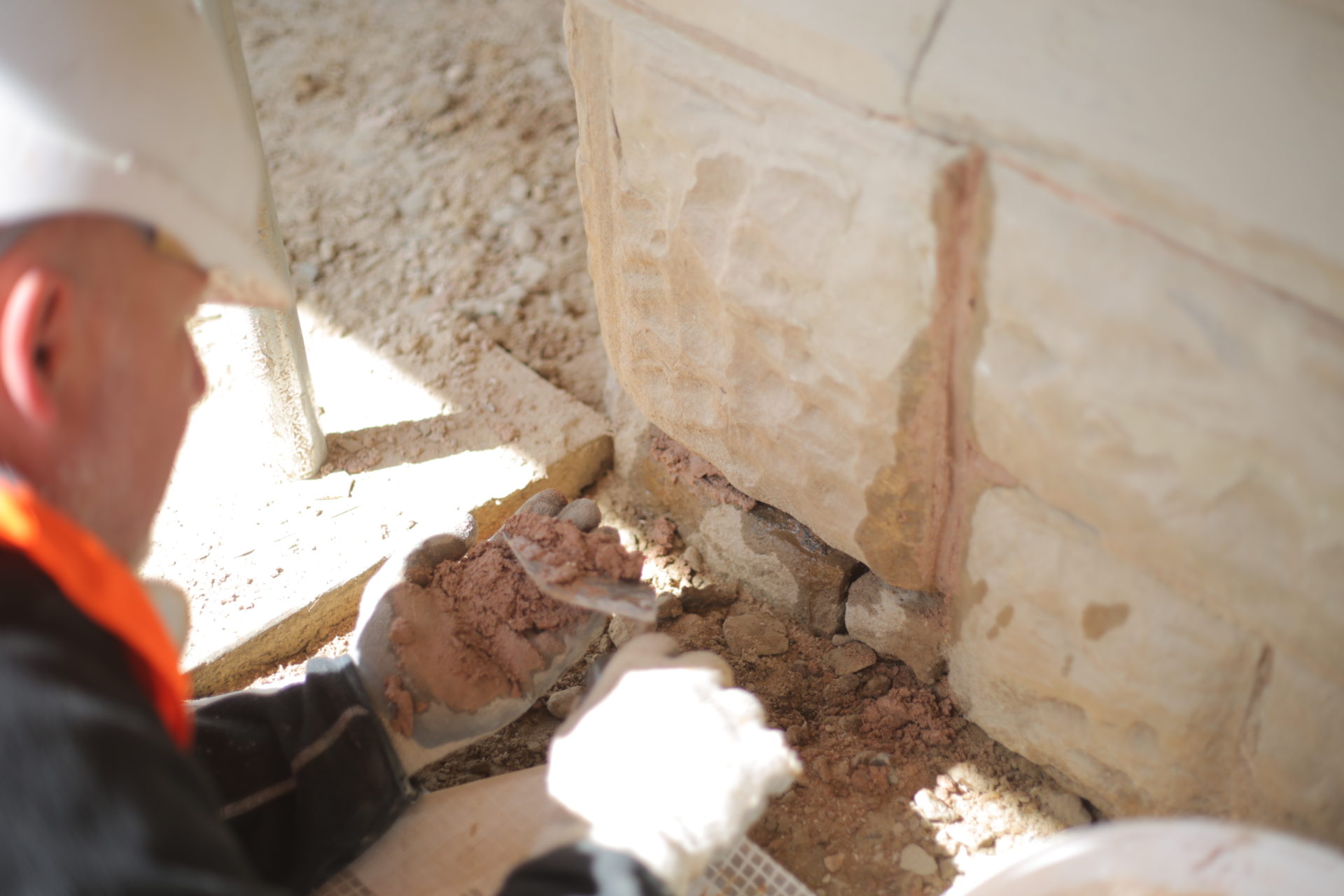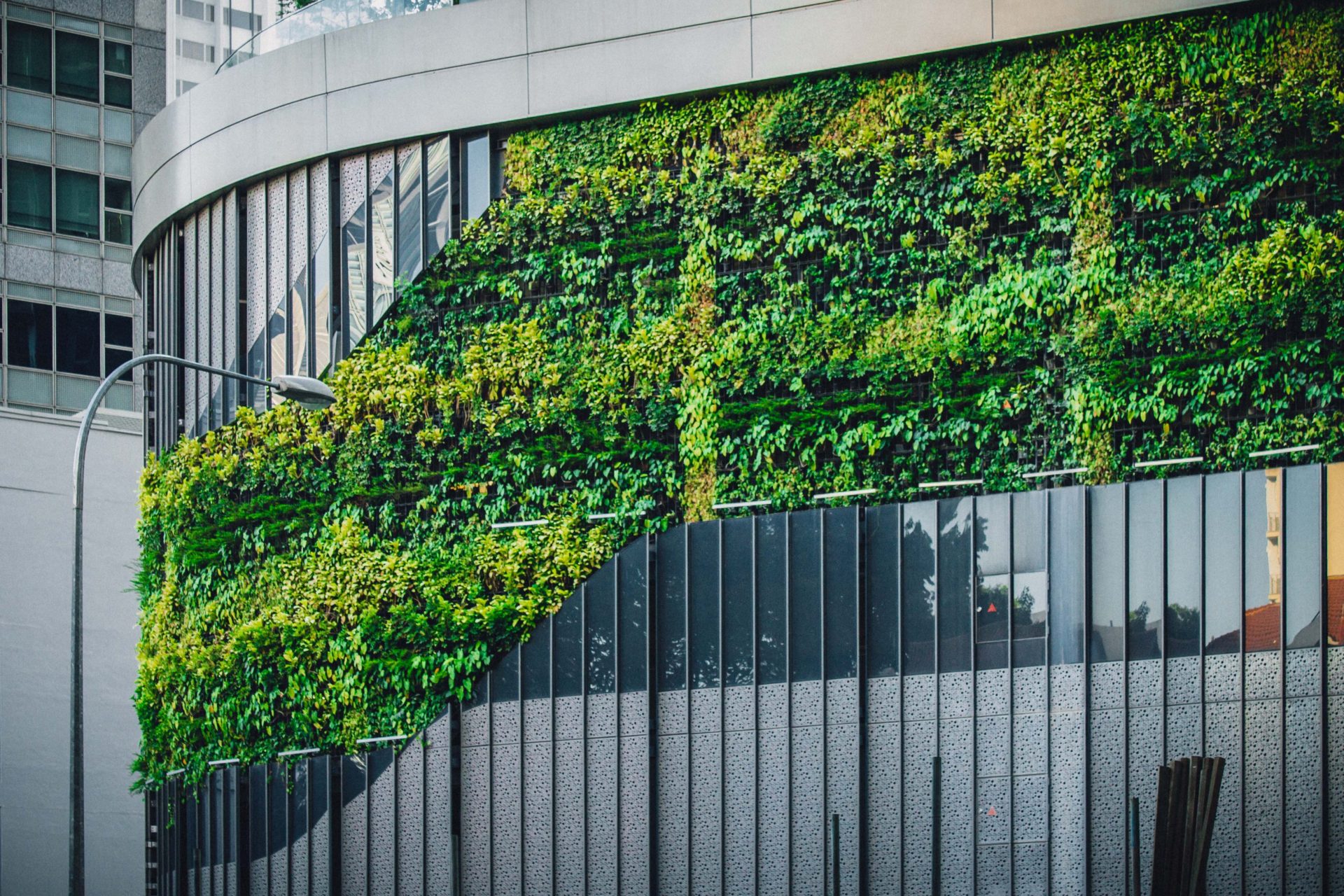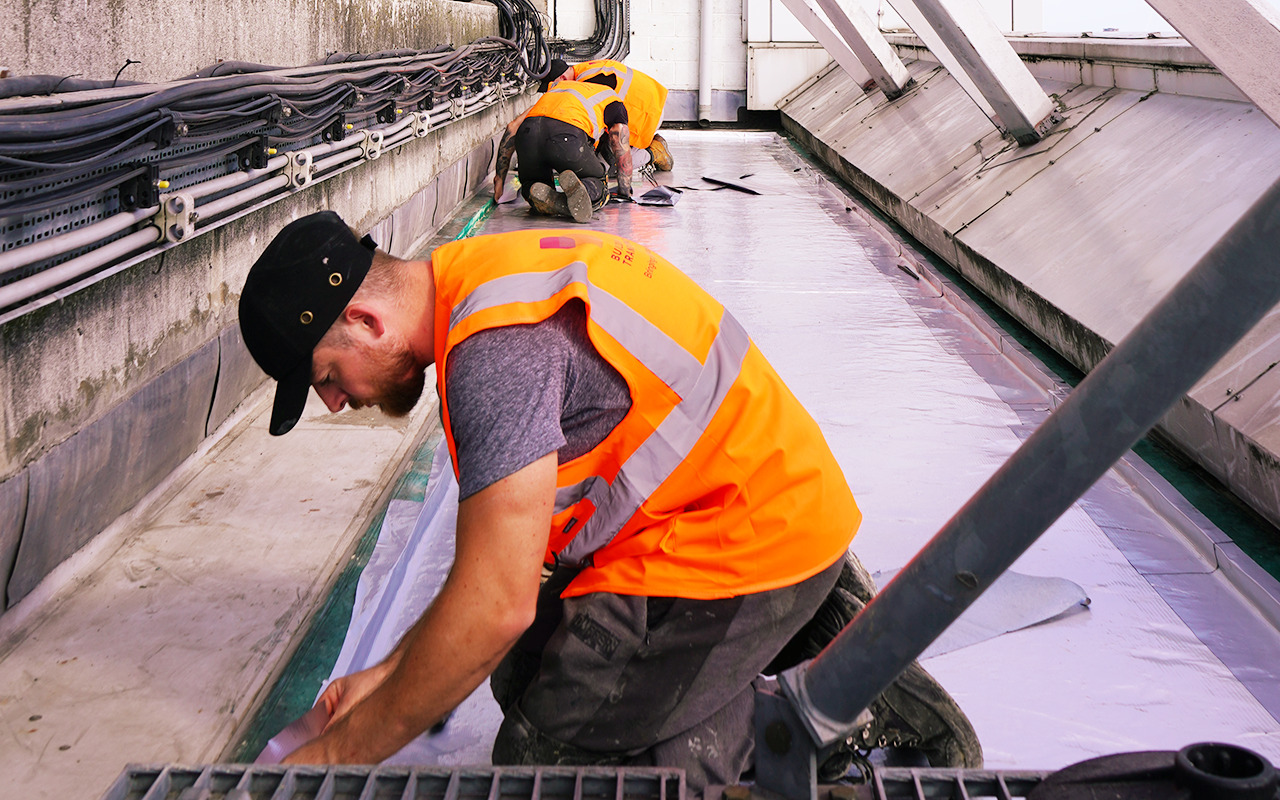Modern buildings have a lot to live up to, every part of their design must be carefully thought out and an architects role is to create the vision and ensure that aesthetics are memorable while also being fit for purpose. The design or development process of any building is more than just the architect’s plans. Working alongside professional maintenance consultants will help ensure the quality of the building’s design and its lifespan. In this article, we will look at the importance of maintenance consultants in helping architects avoid common issues which can result in buildings failing.
Why do Buildings Fail?
Building failure is a concern for architects and building maintenance consultants. When a build starts before maintenance is taken into consideration a building can very quickly become difficult to maintain and a huge expense. This can be a particular problem if you have budget restraints, as is often the case in the construction of many modern buildings.
Reasons why you should include a maintenance consultant during the design stage of a building:
- Material selection – While a façade may look good, it is important to remember simple things such as its location when it comes to selecting the best materials. Weathering cycles can have an effect too, e.g. it’s not wise to build out of limestone in an area with frequent acid rain. Famously, people remember when 20 Fenchurch Street caused parts of a car to melt during construction due to its curved façade, and it had to be fitted with ‘brise soleil’ sunshades to deflect sunshine.
- Difficult to access designs or features – some designs may suggest that external features can only be accessed via specific access which may mean the building has to be fully closed when it needs changing, updating, or there is a fault.
- Long term performance– it’s important to remember that buildings should always be designed with longevity in mind, with many buildings going through 10+ year lifecycles. A maintenance consultant will be able to create plans according to certain designs and building materials to ensure that the final design is the same one that people get to enjoy 50 years in the future.
The time and energy that goes into architectural plans are important but shouldn’t be beyond the realms of practicality and day-to-day property management and maintenance. This further shows the value of working with maintenance consultancy professionals from the beginning and allowing them to take part in the design phase, ensuring visions can be realised practically and effectively.
Why Maintenance Consultants are Vital for Architects and Building Design
Architects may have aesthetic ideals and visions they want to create, as well as a commitment to deliver plans which are suitable and work for the building. It is more than possible to combine an architect’s ideas and vision with a functional and practical result. Involving building maintenance consultants is key to this. Let’s look more closely at the key reasons why architects need the input of a building and maintenance consultant throughout the building design process.
1. Future Planning and Insight
An architect’s plan will incorporate a range of different material choices but most of these choices will not consider their long-term impact. The condition and quality of all building materials will change based on the building’s orientation, pollution levels, and even the sun’s path. Maintenance consultants can offer this insight during the early stages of planning, helping to mitigate any long-term risks to the building’s viability due to material choice.
Considering long-term maintenance at the design stage allows architects to adapt their plans to ensure the legacy of their design. Understanding the most flexible maintenance technologies and taking on board the experience and knowledge of specialist building maintenance professionals can help increase the design freedom for architects and result in more sustainable buildings with a lower chance of failure and increased future costs.
2. Building Lifecycle

Designing a building should not be the end of the process for anyone involved. A building envelope that fails is not something any architect wants in their portfolio. Designing with a long-term maintenance plan in mind will help improve a building’s longevity. Lifecycle costing is something all building plans should incorporate. Design decisions should be weighed up against their total expense over the lifetime of a building and keep it to an acceptable level within the set budget. The annual cost of a building will include capital, installation, and maintenance costs. These figures should be estimated based on the build and design. Planning and designing with all of this in mind helps to ensure the decisions made are viable for the future.
3. An Easier Future
Taking time to integrate future maintenance requirements into your planning will earn plenty of brownie points with the client and building management team. Planning for the future of a building with efficient maintenance in mind helps to ensure costs don’t become unmanageable at a later date.
A maintenance plan should be a core consideration in the early planning stages. Considerations for maintenance can be discussed as early as necessary and should incorporate core elements such as:
- Access solutions and methodology – ensuring you have solutions in place to deal with external building access before the building has been constructed shows you are seriously considering maintenance and management. Rope access systems are one of the most simple and sustainable choices due to the versatility they offer. However, an access plan may also include the use of fixed cradle systems or lifting devices.
- Plant selection – there has been a rise in biophilic design in recent years but it is important to remember that some plants require specific care and attention and may even require additional maintenance when considered against their alternatives. Climate will influence the choice, as will the ability of the plant to attach to support structures, and whether this is appropriate for the building in question.
- Building systems – taking time to research and fully understand the needs of the specific building, architects and engineers can work together to make the best decisions regarding the internal mechanical and technological systems used and how to maintain them in the future.
- Flexibility – while a building may have a specific purpose when it is first built, it can often develop and change over time and may have multiple purposes in its lifetime. A good design and maintenance plan will be easy to adapt and spaces should be designed in a way that makes them easy to modify for future use. Planning with the future in mind ensures a building’s longevity.
A maintenance plan should be a consideration from the beginning of a building’s lifecycle as it helps ensure it can easily be repaired and kept in top condition with ease.
4. Objective Advice and Insights

When you choose to work with an external maintenance consultant they will look at the project impartially and provide recommendations that include the building’s construction, after it has been built, and throughout its lifecycle. Maintenance consultants can comment on material choice and other elements of design with the upkeep and avoidance of later issues in mind. Similarly, maintenance specialists can create a fully bespoke and tailored maintenance plan, customised to the building in question, taking into account its specific build. This is much more effective than a standard plan which may not consider unique features and access considerations of the building.
5. A Sustainable Approach
Maintenance consultants should play a key role in ensuring the sustainability and eco-friendly nature of your building, as fully planned maintenance schedules help to ensure the building does not need excessive remedial work which comes at a cost to the environment and the building’s long-term sustainability. The building envelope is a key element of a building’s design and influences a building’s energy performance, efficiency, and indoor environment quality. Unless an architect is particularly skilled in façade engineering then working alongside building maintenance consultants helps to meet sustainable building requirements and to commit to more eco-friendly designs possible.
A Combined Taskforce for Long-Term Building Success

Every new building should be something to be proud of. The time spent on design and architectural planning is a testament to this, but it can quickly become undone if the building becomes an unmanageable expense for its owner or management. Working alongside other professionals in building construction and maintenance allows for a design that satisfies a range of requirements. From meeting sustainability targets and energy efficiency goals to regular or reactive maintenance being a manageable and considered cost, not something which becomes insurmountable.
By ensuring maintenance is a concern and a key consideration from a building’s inception, you can improve its chances of being a great success and something to be proud of and be happy to incorporate in future portfolios and as an example of the quality of your work. A multidisciplinary approach to building design and maintenance further increases the building’s chances of success and makes it more efficient and sustainable for the future.
For a greener and more sustainable future, and cities capable of housing the population, which is only going to get larger and larger, we must think about making the most of what we’ve already got.
Enhancing façade and building performance starts with sustainable façade design and building management. At Building Transformation we create sustainable building maintenance plans to sensitively restore and repair buildings, to ensure they last. Speak to a member of our team today to arrange a sustainable building care plan that meet the needs of 21st century buildings and global sustainability targets.












